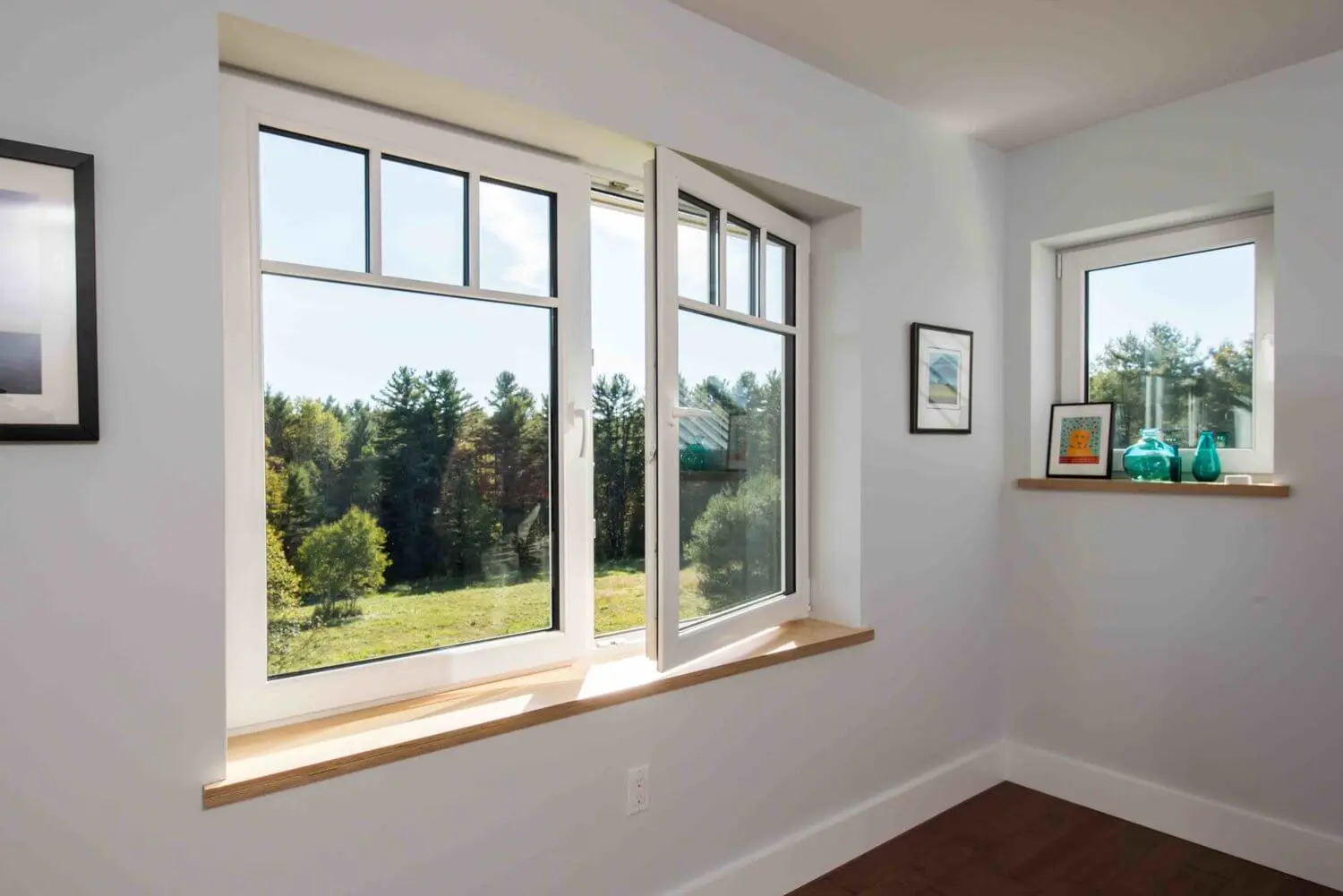"There’s not one design element we would’ve changed"
"Our experience with BrightBuilt was fantastic"
"Home of our dreams with no recurring energy costs"
"The most comfortable home we’ve ever lived in"

"There’s not one design element we would’ve changed"
"Our experience with BrightBuilt was fantastic"
"Home of our dreams with no recurring energy costs"
"The most comfortable home we’ve ever lived in"


While paying close attention to the shape and volume of your new high-performance home, it's also important to pay attention to the holes you punch through its shell. The openings in a home are yet another chance for air to escape or enter. On a clear spring day you want your open windows to bring in fresh air, but on a cold winter day you want as little heat as possible to escape your cozy home. Even the best window is not as energy efficient as the minimum standard wall. Windows and doors are the primary source of both heat loss and gain in a home.
Consider these three factors when making design decisions about windows and doors for your new green home:
1. QUANTITY
You want to strike the right balance of natural light and ventilation without risking the chance of too much air leakage. Too many windows might allow too much solar gain, and too few will not allow enough natural light and ventilation.
2. PLACEMENT
To maximize solar gain in winter, more windows should be placed on the south side of the home, with fewer on the other sides. Consider where shade will fall on the south face during summer. Windows on the east and west offer less opportunity for shade control as the sun angle is so low in morning and late afternoon. Grouping windows together also helps reduce the opportunity for heat loss because it reduces the number of transitions between walls and windows.
3. SIZE
It may seem counterintuitive because the glass in a window
is thinner than the surrounding frame, but in most windows
the glass is actually thermally better than the frame, as the air between panes has an insulating effect. Also, the edge of the frame is a transition spot where air leakage and heat loss can occur. This means that having a few larger windows is better than having a lot of small windows if reducing heat loss is one of your goals.
A lot of factors come into play when deciding how many windows your new home should have, where they should be placed, and how large or small they should be. This is yet another case when an experienced architect can provide guidance for optimizing natural light and ventilation while balancing with energy efficiency.